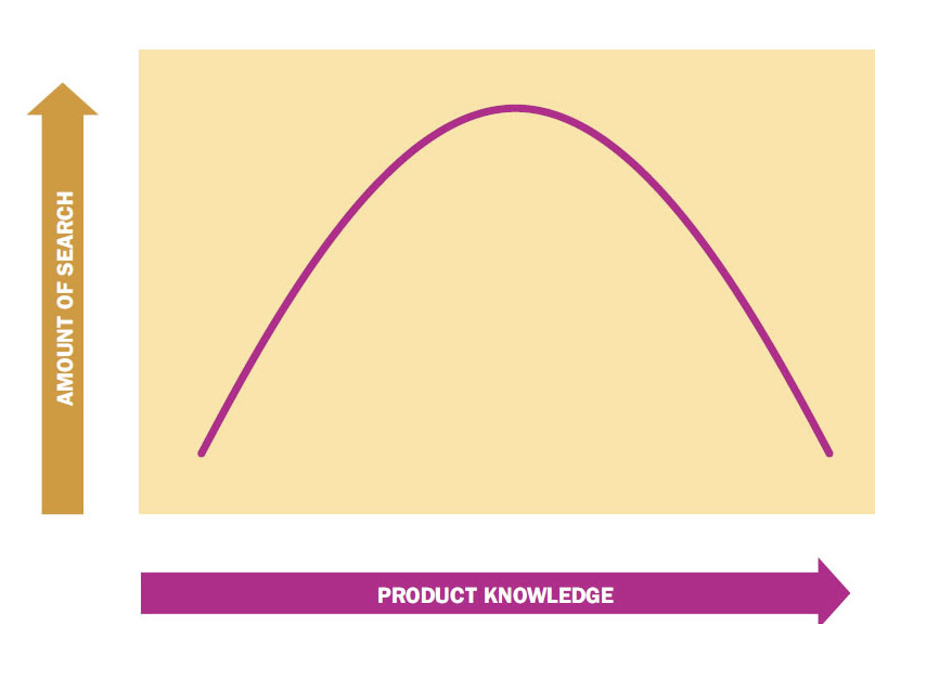Decision Making
1/17
There's no tags or description
Looks like no tags are added yet.
Name | Mastery | Learn | Test | Matching | Spaced |
|---|
No study sessions yet.
18 Terms
How do we make decisions?
Some seem automatic, others require long periods of time of analysis
We make decisions to solve our problems
Sometimes we make our decisions thoughtfully and rationally, other times we let our emotions guide us
Hyperchoice
Consumer hyperchoice = forces us to make repeated decisions that may drain our psychological energy while decreasing our abilities to make smart choices
Can too much be a bad thing?
Types of Decision Making
Much of what we’ve learned has led up to understanding decision making
Learning approaches
Emotions
Hierarchies of effects (thinking, feeling, doing)
Depending on the situation and its importance, our choices will be influenced by “hot” emotions, “cold” information processing, or lukewarm snap decisions
Constructive Processing
Constructive Processing = we evaluate the effort needed to make a given choice and tailor our amount of cognitive effort to expend to solve the problem
Self-Regulation
If we have a self-regulatory strategy, we specify in advance how we’d want to respond to certain situations
Implementation intentions = “if, then”
dictate how much weight we give to different kinds of information (emotional, cognitive)
A timetable to carry out the decision
and how we deal with disruptive influence and may interfere with our plans
Self-Regulation
How can decision making help reach our goals?
Counteractive construal = exaggerate the negative parts of behavior that could interfere with our goals; helps to motivate us
Marketers sell products that use feedback loops to provide real-time information to consumers; gives a chance to change your behavior to improve chances of reaching goals
Morning Morality Effect – what happens when you’re too tired?
Ego-Depletion = self-control is like a muscle
Cognitive Decision Making
Occurs for decisions that require careful and deliberate thinking
How do consumers weigh information, form beliefs about options, and choose criteria to select one option over another?

Step 1: Problem Recognition
Problem recognition = occurs when we experience a significant difference between our current state and a new desired state
Marketers alter our standard of comparison
A problem can arise by
Actual state (need recognition) ex. car low on gas
Ideal state (opportunity recognition) ex. recognizing wanting a fancier car

Step 2: Information Search
Information search = survey the environment for appropriate data to make a reasonable decision
Prepurchase search vs. ongoing search
Moderately knowledgable consumers search for information the most…why?

Step 3: Evaluate Alternatives
Evoked set = alternatives consumers know about
Consideration set = alternatives consumers seriously consider
We’re more likely to add a new brand to our evoked set than one we previously considered but passed over
This is true even if a marketer gives additional positive information
Step 4: Product Choice
We often assume that the more features, the better
Companies have addressed this assumption with feature creep
But, consumers are actually happier with simpler products
Step 5: Postpurchase Evaluation
The true test of our decision-making process is whether we’re happy with the choice we made
Postpurchase evaluation – does our choice meet or even exceed our expectations?
Online Decision Making
How does online aid our decision making?
Cybermediary = a Web site/app that filters and organizes market information for the consumer
Intelligent agents = software that uses past user behavior to suggest new purchases
Search engines
Search Engine Optimization (SEO) is key for companies online
Product Categorizations
The category we place a product into determines what other products we’ll compare it to
Companies change things up when they offer hybrid products (characteristics from two different domains)
Levels of categorization in a knowledge structure:
Superordinate level – more abstract
Basic level – most useful for classifying products; items we group together have a lot in common but permit a broad enough range of alternatives
Subordinate level – often includes specific brand

Evaluative Criteria
Evaluative criteria = dimensions we use to judge the merits of competing options
Criteria about how products differ from each other carry more weight than criteria about how products are similar
Determinant attributes = features we actually use to differentiate among choices
Rules of Evaluative Criteria - Cognitive
Compensatory rule = we allow products to make up for its shortcomings on one dimension by excelling in another
Simple additive rule = leads to the option with the greatest number of positive attributes
Why might this rule not be as effective to use?
Weighted additive rule = allows consumers to take into account the relative importance of the attributes by weighting each one (similar to the multiattribute attitude model)
Rules of Evaluative Criteria – Habitual or Emotional (NOT ON TEST)
Noncompensatory rule = if an option doesn’t suit us on one dimension, we reject it without further consideration
1.Lexicographic rule = select the brand that’s best on the most important attribute
2. Elimination-by-aspects rule = still focuses on the most important attribute but imposes specific cut-offs (either you have the attribute or you don’t)
3. Conjunctive rule = processing by brand; choose a brand if it meets all the cutoffs but reject if a brand fails to meet any one cut-off
Today’s Major Takeaways
The three categories of consumer decision making are cognitive, habitual, and affective
A cognitive purchase decision is the outcome of a series of stages that results in the selection of one product or competing options
Depending on the category of consumer decision making, individuals will adopt different rules to help come to a decision